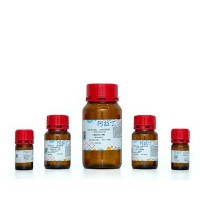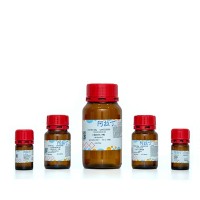NMR Methodologies for Studying Mitochondrial Bioenergetics
互联网
604
Nuclear magnetic resonance (NMR) spectroscopy is a technique with an increasing importance in the study of metabolic diseases. Its initial important role in the determination of chemical structures (1, 2) has been considerably overcome by its potential for the in vivo study of metabolism (3–5). The main characteristic that makes this technique so attractive is its noninvasiveness. Only nuclei capable of transitioning between energy states, in the presence of an intense and constant magnetic field, are studied. This includes abundant nuclei such as proton (1 H) and phosphorous (31 P), as well as stable isotopes such as deuterium (2 H) and carbon 13 (13 C). This allows a wide range of applications that vary from the determination of water distribution in tissues (as obtained in a magnetic resonance imaging scan) to the calculation of metabolic fluxes under ex vivo and in vivo conditions without the need to use radioactive tracers or tissue biopsies (as in a magnetic resonance spectroscopy (MRS) scan). In this chapter, some technical aspects of the methodology of an NMR/MRS experiment as well as how it can be used to study mitochondrial bioenergetics are overviewed. Advantages and disadvantages of in vivo MRS versus high-resolution NMR using proton high rotation magic angle spinning (HRMAS) of tissue biopsies and tissue extracts are also discussed.









